African Violet Blight Control: Treating African Violets With Botrytis Blight

We are all familiar with cold and flu season and how contagious both illnesses can be. In the plant world, certain diseases are just as rampant and easy to pass from plant to plant. Botrytis blight of African violets is a serious fungal disease, especially in greenhouses. African violet fungal diseases such as these destroy blooms and can attack other parts of the plant. Recognizing the symptoms can help you develop a plan of attack early on and head off an outbreak among your prized African violets.
African Violets with Botrytis Blight
African violets are beloved houseplants with sweet little blooms and engaging fuzzy leaves. The most common diseases of African violet are fungal. Botrytis blight affects many types of plants but is prevalent in the African violet population. It may also be called bud rot or gray mold, descriptive terms that point to the symptoms of the disease. African violet blight control starts with plant isolation, just as you would with a potentially fatal contagious disease in animals and humans. Botrytis blight stems from the fungus Botrytis cinerea. It is most common in situations where plants are crowded, ventilation is not sufficient and there is high humidity, especially brief periods where temperatures cool quickly. It affects many ornamental plants, but in violets it is called Botrytis blossom blight. This is because Botrytis blight of African violets is most evident on the lovely flowers and buds. If left unchecked, it will rage across your violet population and destroy the flowers and eventually the plant. Knowing the symptoms can help prevent the spread of the disease but, sadly, African violets with Botrytis blight may need to be destroyed.
Symptoms of Botrytis Blight of African Violets
African violet fungal diseases such as Botrytis thrive in moist conditions. The signs of the disease start with blooms becoming gray or almost colorless petals, and center crown growth that is stunted. Progression of the disease shows an increase in the fungal bodies with a fuzzy gray to brown growth on leaves and stems. Small water-soaked lesions will form on the leaves and stems. In some cases, the fungus will be introduced in small cuts or damage on the plant, but it also attacks healthy tissues. Leaves wilt and darken and flowers fade and seem to melt. This shows an advanced case of Botrytis blight.
African Violet Blight Control
Affected plants cannot be cured. When disease symptoms infect all parts of the plant, they need to be destroyed but not tossed in the compost bin. The fungus may be able to remain in compost, especially if it hasn't maintained a high temperature. If damage presents as minimal, remove all infected plant tissue and isolate the plant. Treat with fungicide. If only one plant shows signs, you may be able to rescue the other violets. Treat unaffected plants with a fungicide such as Captan or Benomyl. Space plants to increase air circulation. When reusing pots, sanitize them with a bleach solution to prevent spreading the fungus to new plants. African violets with Botrytis blight may be saved if quick action is taken and the disease is not rampant.
Gardening tips, videos, info and more delivered right to your inbox!
Sign up for the Gardening Know How newsletter today and receive a free copy of our e-book "How to Grow Delicious Tomatoes".

Bonnie Grant is a professional landscaper with a Certification in Urban Gardening. She has been gardening and writing for 15 years. A former professional chef, she has a passion for edible landscaping.
-
 ‘Coral Charm’ Peony Care For Sublime Semi-Double Peonies With Lush Salmon Pink Flowers
‘Coral Charm’ Peony Care For Sublime Semi-Double Peonies With Lush Salmon Pink FlowersPeonies are known for their soft baby pink or magenta tones, but if plushy coral blooms are your thing, here’s our guide to the ultimate ‘Coral Charm’ peony care
By Tonya Barnett
-
 How To Grow Seeds Quickly: 8 Expert Tricks For Fast Flowers & Crops
How To Grow Seeds Quickly: 8 Expert Tricks For Fast Flowers & CropsIt's never too late to start growing! Jump-start your flower or vegetable garden with these pro tips and tricks for germinating seeds in record time.
By Amy Grant
-
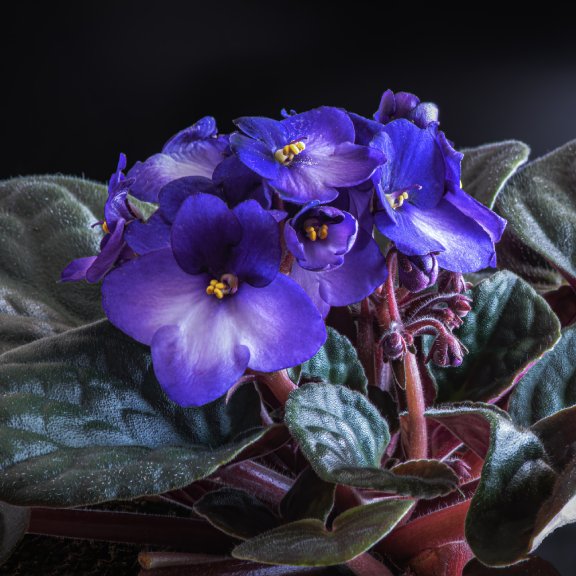 African Violets: Complete Care And Growing Guide
African Violets: Complete Care And Growing GuideFor people who love these sweet plants, African violet care is easy and fun. Knowing what they need is the key.
By Mary Ellen Ellis
-
 What Are Episcia Plants – Learn About Caring For Episcia Varieties
What Are Episcia Plants – Learn About Caring For Episcia VarietiesGrowing Episcia plants adds eye catching appeal to household décor. These colorful houseplants can test the hand of the most experienced green thumb.
By Laura Miller
-
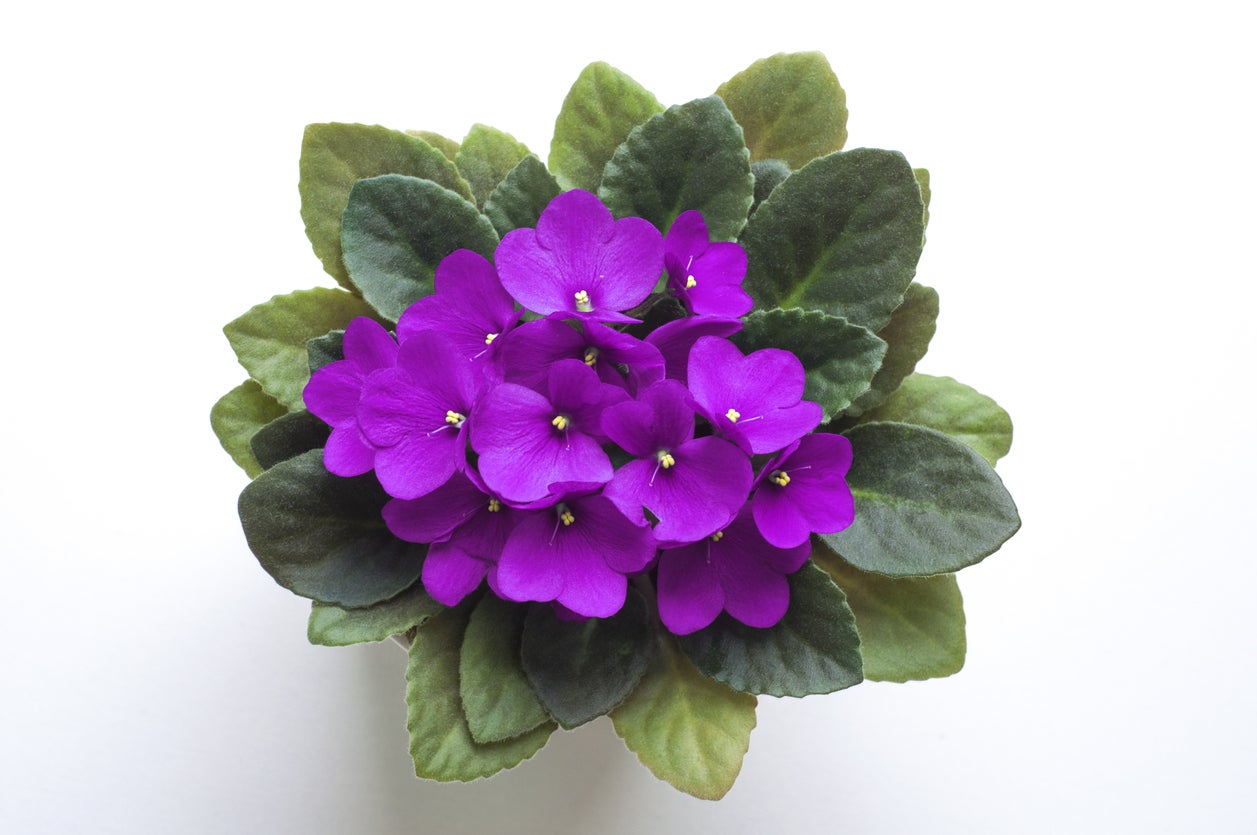 African Violet Flowering Needs: Tips For Getting African Violets To Bloom
African Violet Flowering Needs: Tips For Getting African Violets To BloomMost African violets are sold when flowering. After that, people can have trouble getting them to bloom. What should you do if your African violate won’t flower? Click here for info on African violet flowering needs and tips on how to make African violets bloom again.
By Teo Spengler
-
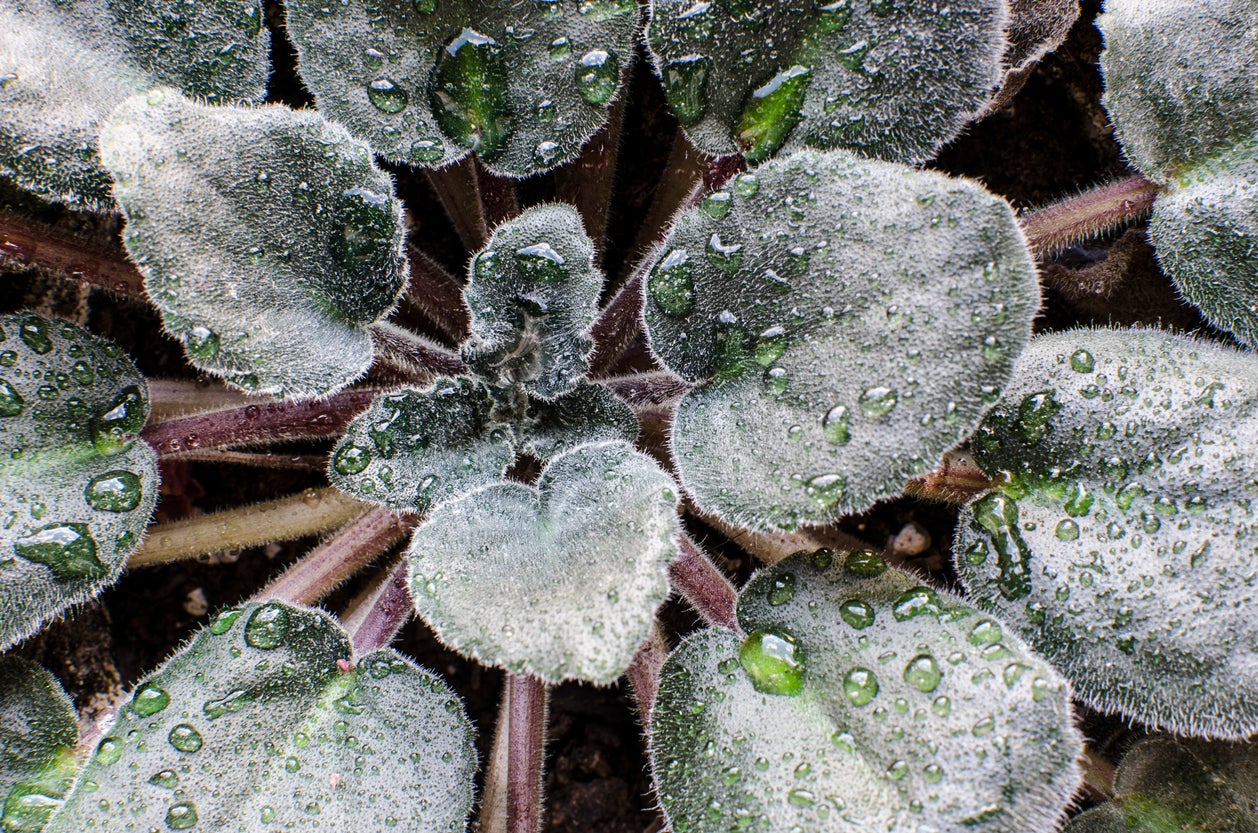 African Violet Watering Guide: How To Water An African Violet Plant
African Violet Watering Guide: How To Water An African Violet PlantWatering African violets isn’t as complicated as you may think. Actually, these charming, old-fashioned plants are surprisingly adaptable and easy to get along with. Wondering how to water an African violet? Click here to learn more about African violet water needs.
By Mary H. Dyer
-
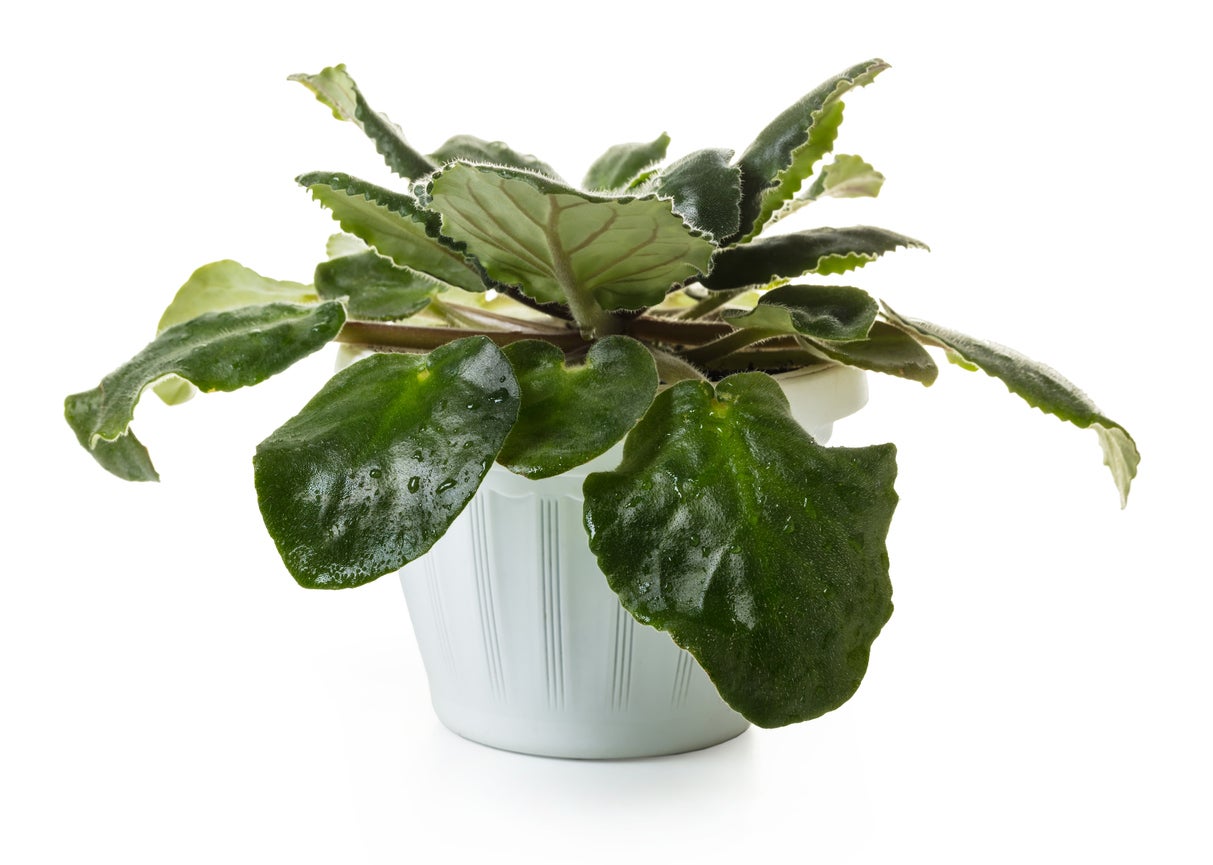 African Violet Leaves Are Curling – What Do Curling African Violet Leaves Mean
African Violet Leaves Are Curling – What Do Curling African Violet Leaves MeanAfrican violets are among the most popular flowering houseplants. But there can be issues with these houseplants. If your African violet leaves are curling, there are a few potential causes and easy solutions. Click this article for more information.
By Mary Ellen Ellis
-
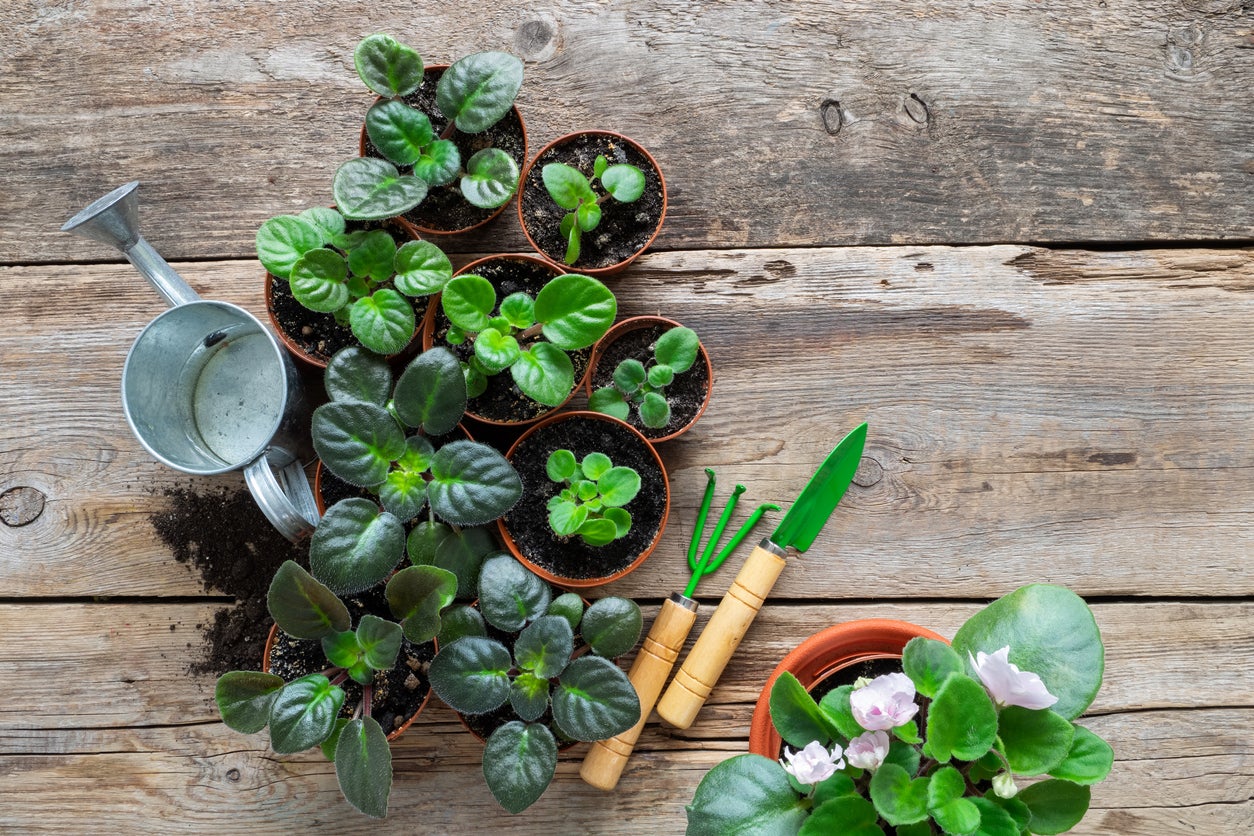 African Violet Repotting – How To Repot African Violets
African Violet Repotting – How To Repot African VioletsAfrican violets can live a long time, as long as 50 years! To get them there, you need to provide good care which includes repotting African violets. The trick is knowing when to repot an African violet and what soil and container size to use. This article will help with that.
By Bonnie L. Grant
-
African Violet Nematode Control: Treating Root Knot Nematodes In African Violet
Nematodes of African violet are tiny worms that infest the roots. They are extremely destructive. For information about African violet root knot nematodes, click this article. We’ll also give you tips on African violet nematode control.
By Teo Spengler
-
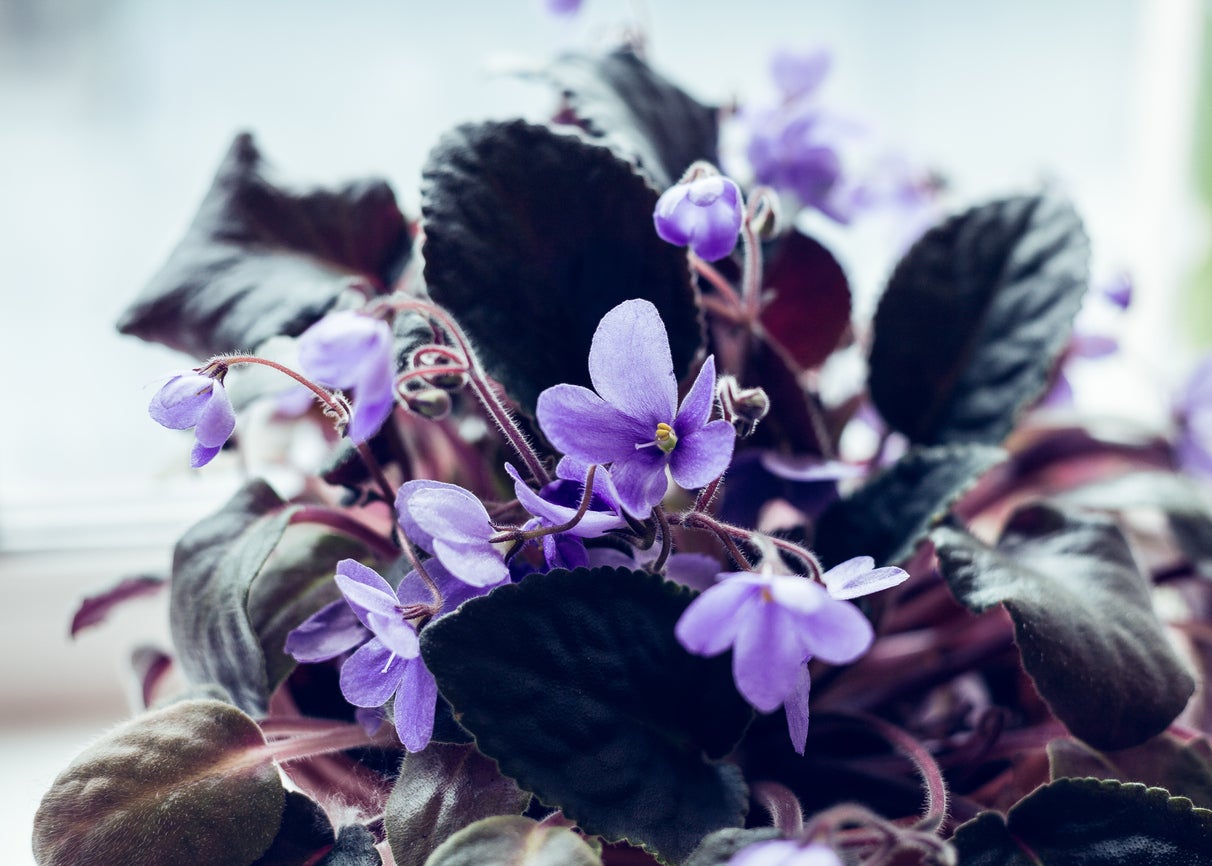 Fertilizing African Violets – Learn How To Feed African Violet Plants
Fertilizing African Violets – Learn How To Feed African Violet PlantsThere are just a few straightforward rules for growing African violets. Water and light needs are two of these, but just as important is how to feed African violet plants. Click on the following article to learn more about African violet feeding.
By Bonnie L. Grant